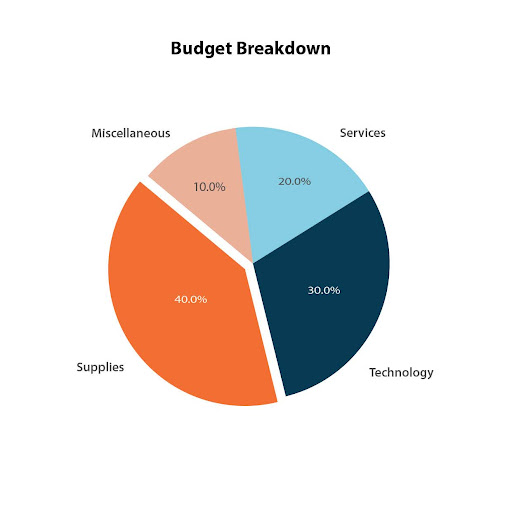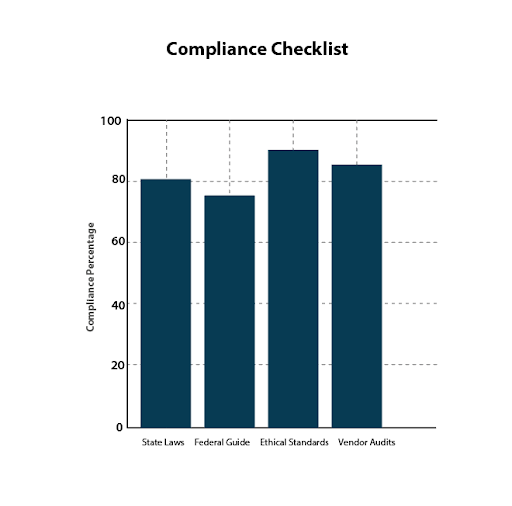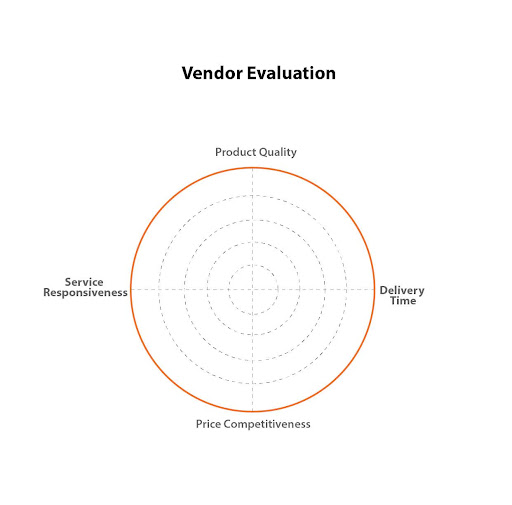Procurement in education, though often overlooked, is critical to the success of schools, colleges, and universities. Whether it’s sourcing classroom supplies, technology, or campus services, educational procurement directly impacts student learning, teacher satisfaction, and financial efficiency. However, procurement in education faces numerous roadblocks. From budget constraints to vendor management challenges, procurement teams often juggle between cost, compliance, and quality.
With increasing pressure to streamline operations, improve accountability, and enhance student outcomes, the need for a modern, effective procurement strategy has never been more urgent. E-Store, India’s pioneering Direct-to-Institution (D2I) platform, is helping educational institutions tackle procurement challenges by providing bulk buying, custom branding, and seamless delivery.
In this blog, we explore the top five procurement challenges facing educational institutions and share practical, scalable solutions that can be implemented immediately.
1. Budget Constraints and Cost Pressures
The Challenge
Educational institutions operate on tight budgets. Public schools depend on government allocations, while private institutions rely on tuition fees and donations. With rising costs, inflation, and fluctuating student enrollments, procurement teams are often asked to “do more with less,” making it difficult to balance quality and affordability.
How to Solve It
- Adopt Strategic Sourcing: Move beyond the cheapest vendor. Use strategic sourcing practices like competitive bidding, supplier consolidation, and bulk purchasing to negotiate better prices without sacrificing quality.
- Leverage Cooperative Purchasing: Join purchasing cooperatives or consortia to benefit from collective buying power, reducing prices and administrative overhead.
- Invest in Procurement Software: Automation tools track spending, flag cost-saving opportunities, and reduce manual errors that waste money.
- Plan for the Long Term: Evaluate the total cost of ownership (TCO). Sometimes, a slightly more expensive product offers a longer lifespan, making it the smarter financial choice.
E-Store’s Take
With a D2I model that eliminates middlemen, E-Store enables schools to place bulk orders for essential items like uniforms, electronics, stationery, and more, helping reduce procurement costs without compromising quality. This pie chart below shows how schools allocate their procurement budgets, with supplies making up the largest portion, followed by technology, services, and miscellaneous categories.

2. Complex Compliance and Regulatory Requirements
The Challenge
Education procurement is heavily regulated. Schools and universities must comply with state procurement laws, federal grant guidelines, and international trade policies. Non-compliance can lead to fines, funding cuts, or reputational damage. Keeping track of all regulations and ensuring vendors comply is a significant challenge.
How to Solve It
- Stay Current on Regulations: Regularly train procurement staff on the latest compliance requirements. Subscribe to government procurement updates and industry publications.
- Standardize Procurement Processes: Develop clear policies, templates, and checklists to streamline compliance. When everyone follows the same playbook, it’s easier to stay within legal and ethical boundaries.
- Use Approved Vendor Lists: Pre-qualify vendors to ensure they meet legal and ethical standards, reducing the risk of non-compliance.
- Implement Audit Trails: Procurement software can maintain detailed transaction records, easing audits and protecting the institution from liability.
E-Store’s Take
All products listed on E-Store comply with educational standards. Institutions can access verified, audit-ready procurement records, ensuring compliance and peace of mind. The bar below the, chart illustrates key procurement regulations schools must follow, with ethical standards and vendor audits having the highest compliance levels.

3. Vendor Management and Relationship Challenges
The Challenge
Educational institutions rely on a variety of suppliers—ranging from IT providers and furniture manufacturers to catering services and janitorial contractors. Managing these relationships can be overwhelming, especially when vendor performance is inconsistent or communication breaks down.
How to Solve It
- Develop Strong Vendor Partnerships: Build collaborative relationships where vendors understand your institution’s unique needs and challenges.
- Use Vendor Scorecards: Regularly evaluate supplier performance using key metrics such as delivery times, product quality, and service responsiveness.
- Streamline Vendor Onboarding: Establish a clear onboarding process to ensure new vendors meet procurement standards and compliance requirements.
- Diversify Your Supplier Base: Avoid relying on a single vendor by maintaining a diverse supplier base to mitigate risks.
E-Store’s Take
E-Store consolidates multiple suppliers into one reliable source. From notebooks to IT equipment, schools get everything they need through a trusted, simplified system, reducing vendor management complexity. Below, the radar chart provides a vendor scorecard evaluation based on delivery time, product quality, service responsiveness, and price competitiveness, giving a clear view of how well a vendor is performing across different metrics.

4. Lack of Procurement Technology and Process Inefficiency
The Challenge
Many educational institutions still rely on outdated procurement methods such as paper purchase orders, spreadsheet tracking, and email approvals. These practices lead to errors, delays, and lack of visibility into procurement spending.
How to Solve It
- Implement a Procurement Management System (PMS): Cloud-based procurement software automates purchasing workflows, manages supplier catalogs, and tracks budgets in real-time.
- Digitize the Entire Procure-to-Pay (P2P) Process: Automate everything from requisitions to payments to reduce manual touchpoints and speed up procurement cycles.
- Integrate Procurement with Finance and Inventory Systems: Integration streamlines forecasting needs, controlling spending, and managing budgets proactively.
- Provide Training and Change Management: Ensure staff is trained to effectively use new tools and embrace the shift from manual to digital processes.
E-Store’s Take
With an intuitive interface, E-Store digitizes the procurement process, eliminating paperwork and ensuring faster deliveries and fewer errors.
5. Demand Forecasting and Inventory Management Issues
The Challenge
Accurately forecasting supplies is notoriously difficult in education. Enrollment numbers fluctuate, course offerings change, and unanticipated events such as emergency repairs or tech upgrades arise. Poor forecasting leads to stock shortages, over-ordering, and expensive last-minute purchases.
How to Solve It
- Use Historical Data: Analyze past procurement data to forecast future needs more accurately. Consider seasonal trends, enrollment numbers, and curriculum changes.
- Collaborate with Departments: Regular communication with academic, facilities, and IT departments ensures procurement teams understand evolving needs.
- Adopt Just-in-Time (JIT) or Hybrid Inventory Models: Use lean inventory models to reduce waste and storage costs by ordering goods as needed.
- Monitor Inventory in Real Time: Modern inventory management systems allow you to track stock levels and reorder proactively.
E-Store’s Take
E-Store’s platform synchronizes real-time procurement needs, ensuring institutions always know what’s in stock and when new supplies are on their way.
Bonus Challenge – Sustainability and Ethical Sourcing
Sustainability and ethical sourcing are increasingly influencing procurement decisions in education. Institutions are under pressure to purchase from environmentally responsible suppliers, reduce waste, and support local or minority-owned businesses.
Solution
- Embed sustainability criteria into procurement policies.
- Work only with vendors that comply with ethical practices and use sustainable packaging.
E-Store’s Take
E-Store supports institutions by offering custom-branded, eco-friendly packaging and ethically sourced materials, making it easier for schools to align procurement with sustainability goals.
Final Thoughts – Building the Future of Education Procurement
Procurement in education isn’t just about purchasing goods and services; it’s about enabling effective teaching and learning. By embracing technology, building strong relationships, and focusing on long-term value, institutions can overcome procurement challenges and streamline operations.
E-Store is leading the charge in transforming education procurement. By providing a smarter, centralized, tech-powered solution, E-Store helps schools save money, improve accountability, and enhance the quality of education.





